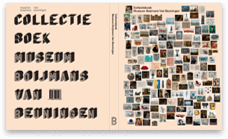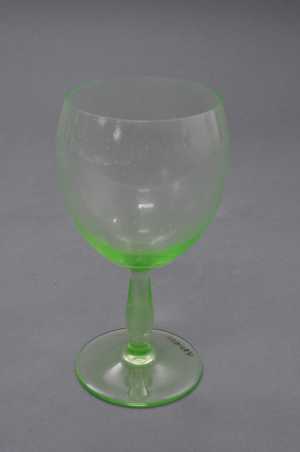Pilgrim badges were produced and sold in huge numbers from the 12th to the 16th century. Everyone who made a pilgrimage acquired one. It is apparent that these small mementos were cast in moulds. The badges provide information about people’s lives and travel in the late Middle Ages, a period long before the invention of printing.

Specifications
| Title | pilgrim badge |
|---|---|
| Material and technique | Pewter-lead alloy |
| Object type |
Pilgrim badge
> Pilgrim's object
> Ceremonial object
> Utensil
|
| Location | This object is in storage |
| Dimensions |
Height 2,3 cm Width 1,2 cm Depth 0,3 cm |
|---|---|
| Artists |
Tinsmith:
Anoniem
|
| Accession number | OM 360 (KN&V) |
| Credits | Loan Stichting Museum Boijmans Van Beuningen, 1955 |
| Department | Applied Arts & Design |
| Acquisition date | 1955 |
| Creation date | in 1400 - 1500 |
| Internal exhibitions |
Hand Made - Long Live Craft (2013) |
| Research |
Show research Alma |
| Material | |
| Object | |
| Geographical origin | Western Europe > Europe |























